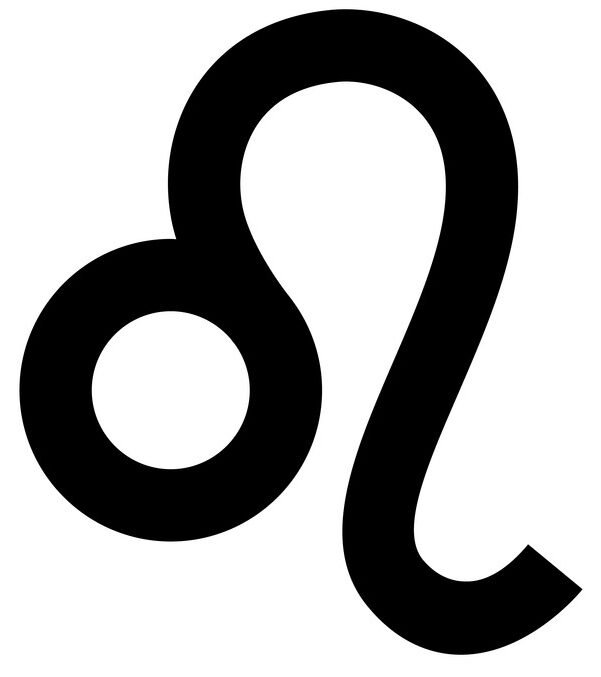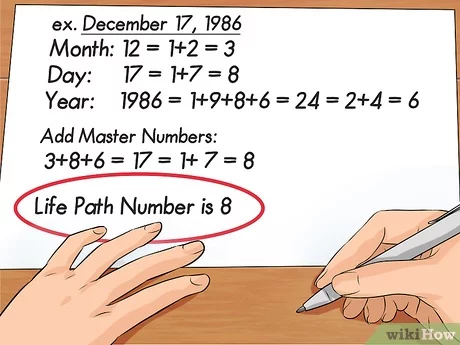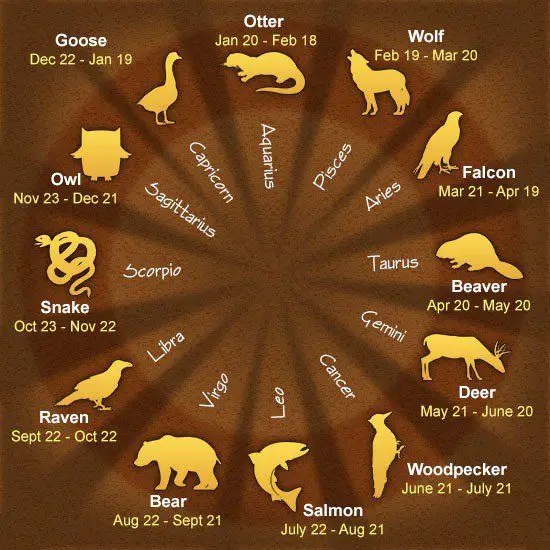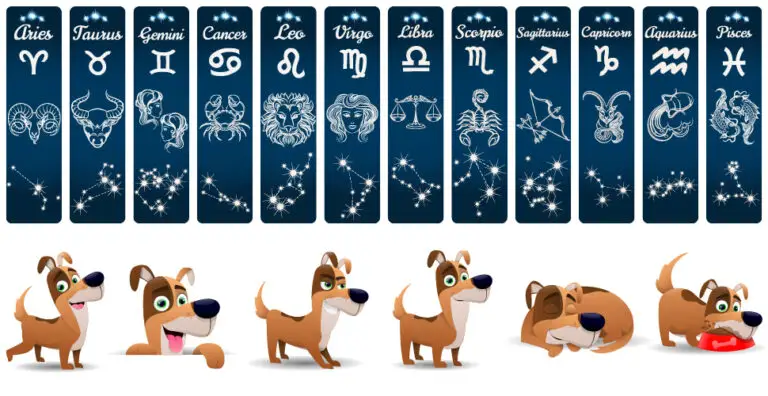Create Your Birth Chart: A Comprehensive Guide
In cultures worldwide, the moment we’re born is considered an auspicious event marked by the alignment of celestial bodies. This positioning is said to imprint us with unique energies that shape our core attributes, influencing our paths in life. Astrology is the art of interpreting these cosmic imprints, and at the heart of it is the birth chart, or natal chart – a snapshot of the celestial sky at your birth. For those yearning to dive deep into self-discovery, the birth chart is a treasure map, guiding you to your innermost traits, potential challenges, and hidden talents.
Astrology is a complex field of study, but creating your birth chart doesn’t have to be daunting. This comprehensive guide is designed to lead you step by step through the process of crafting and interpreting your very own chart, fostering self-awareness and personal growth. Whether you’re a beginner seeking to understand the basics or a seasoned star-gazer aiming to deepen your interpretation skills, this blog post has you covered.

Understanding Birth Charts
Before we jump into the creation process, it’s crucial to understand what a birth chart is and why it’s so meaningful. A birth chart is a map of the sky as seen from the location and at the moment of your birth. It comprises the positions of the Sun, Moon, and planets, as well as sensitive points like the Ascendant (or Rising sign) and Midheaven. These positions are graphed on a circular wheel, with each line (called a house cusp) representing a different sphere of life.
Key Components of a Birth Chart
Sun Sign
This is the zodiac sign that the Sun was in at the moment of your birth. It’s often what people refer to when asked about their zodiac sign and represents your core identity and ego expression.
Moon Sign
The Moon sign reflects your emotional needs and instincts. It’s considered one of the most personal signs in astrology, as it influences your immediate reactions to situations and relationships.
Rising Sign
Also known as the Ascendant, this sign was rising on the eastern horizon at the time of your birth. It colors your outward personality, the mask you wear as you interact with the world.
Step-by-Step Guide to Creating Your Birth Chart
1. Gather Necessary Information
Before you can create a birth chart, you need your precise birth date, time, and place. The accuracy of your birth time can significantly impact the chart’s interpretation, so make sure to get this information from an official source, such as a birth certificate. If the exact time is unknown, the chart might still offer insightful trends but will be less specific.
2. Use Online Tools or Software for Chart Calculation
The easiest way to generate a birth chart is to use an online service or specialized software. These tools calculate the planetary positions and draw the chart for you. Many of them offer detailed versions that include aspects (the angles planets form with each other), house placements, and other informative elements. Additionally, professional astrologers can also manually create and interpret charts, offering a more tailored and detailed reading.
3. Interpret the Chart Components
Sun Sign: Core Identity
Understanding your Sun sign can clarify your life’s main themes and aspirations. It’s the sign that the ego strives to integrate and express. A deeper understanding can lead to a more fulfilling life that aligns with your true self.
Moon Sign: Emotions and Instincts
Knowing your Moon sign helps you comprehend your deepest needs and drives. Learning to nurture and respond to your emotional self is essential for balanced decision-making and peace of mind.
Rising Sign: Outer Personality
Your Rising sign governs your natural approach to the world and how you come across to others. It’s key for navigating social interactions and can be a crucial tool for personal and career success.
4. Explore Aspect Patterns and Planetary Placements
Astrological aspects illuminate the relationships between planets in your chart. Harmonious aspects, like trines and sextiles, indicate areas of ease and talent. Challenging aspects, such as squares and oppositions, point to potential areas of growth and conflict. Paying attention to these patterns provides a more nuanced understanding of your personality structure and life potentials.
5. Reflect on Personal Insights and Connections
Your birth chart is a guide to self-discovery, and the most powerful interpretations come from within. Notice which parts of your chart resonate the most with you and how they manifest in your life. Reflect on past experiences and see how the energies you’re exploring here have played out. This reflective approach is the key to making astrology a personal and meaningful tool.
Benefits of Knowing Your Birth Chart
Self-Awareness and Personal Growth
A well-interpreted birth chart is a mirror reflecting your innermost being. It can reveal psychological patterns and help you build awareness around your strengths and challenges. The more you integrate this knowledge, the more empowered you can become in crafting a life aligned with your highest self.
Relationship Dynamics
Comparing birth charts is an invaluable tool for understanding relationships, both romantic and platonic. It provides insights into the dynamics at play, how both parties can best support each other, and what challenges may need to be navigated.

Conclusion
Creating and interpreting your birth chart is a rewarding endeavor packed with potential for growth and self-understanding. It is a personal odyssey that invites you to explore the cosmos within you. Remember, astrology is just one of many paths to self-awareness; what truly matters is the intention and commitment you bring to the process. I encourage you to take the plunge, explore the depths of your astrological blueprint, and use this knowledge to anchor your life in a more purposeful direction. The stars are within reach – it’s time to chart your course.







